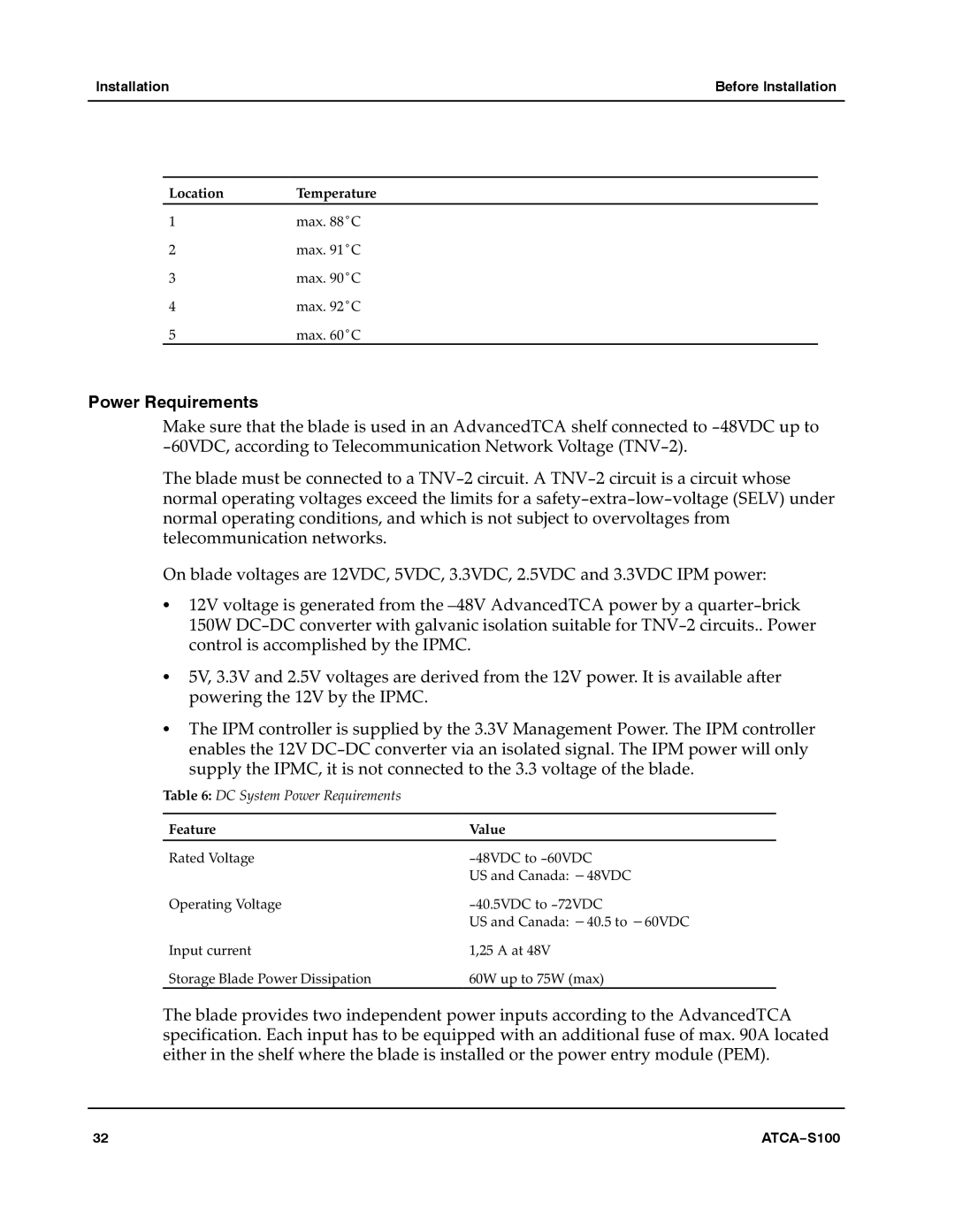228597 specifications
The Motorola 228597, part of Motorola's prestigious lineup of mobile devices, encapsulates innovation and cutting-edge technology. Designed for users seeking a blend of performance, style, and functionality, the 228597 emerges as a notable contender in the smartphone market.At its core, the Motorola 228597 boasts a powerful processor, which ensures smooth performance and responsive multitasking. The device is equipped with a high-definition display that offers vibrant colors and sharp details, making it an excellent choice for watching videos, playing games, or simply browsing the web. The screen size strikes a perfect balance, providing ample viewing space while remaining comfortable to hold.
One of the standout features of the Motorola 228597 is its impressive camera system. With advanced photography technologies, users can capture stunning images in various lighting conditions. The main camera usually includes features like optical image stabilization, a wide aperture for low-light photography, and multiple shooting modes that cater to all types of photography enthusiasts. The front-facing camera also provides high-quality selfies, making it ideal for video calls and social media.
Battery life is another key characteristic of the Motorola 228597. The device is designed with user convenience in mind, featuring a robust battery that enables prolonged usage without frequent recharging. Fast-charging capabilities ensure that users can quickly power up their devices and get back to their activities without delays.
In terms of connectivity, the Motorola 228597 supports the latest network standards, ensuring reliable and fast internet access. The device typically includes features such as Bluetooth, Wi-Fi, and NFC, allowing users to connect with other devices seamlessly. This strong connectivity is further enhanced by GPS functionality, ensuring accurate location services for navigation and location-based apps.
Operating on the latest version of the Android operating system, the Motorola 228597 provides an intuitive user experience. With a user-friendly interface and a wide range of available apps, the device is versatile and customizable, catering to individual preferences.
In conclusion, the Motorola 228597 stands out in the crowded smartphone market with its fusion of performance, advanced camera capabilities, impressive battery life, and user-friendly features. Its thoughtful design and cutting-edge technology make it a worthy choice for anyone seeking a reliable and stylish mobile device. Whether for work or leisure, the Motorola 228597 is engineered to meet the demands of today's dynamic lifestyle.

